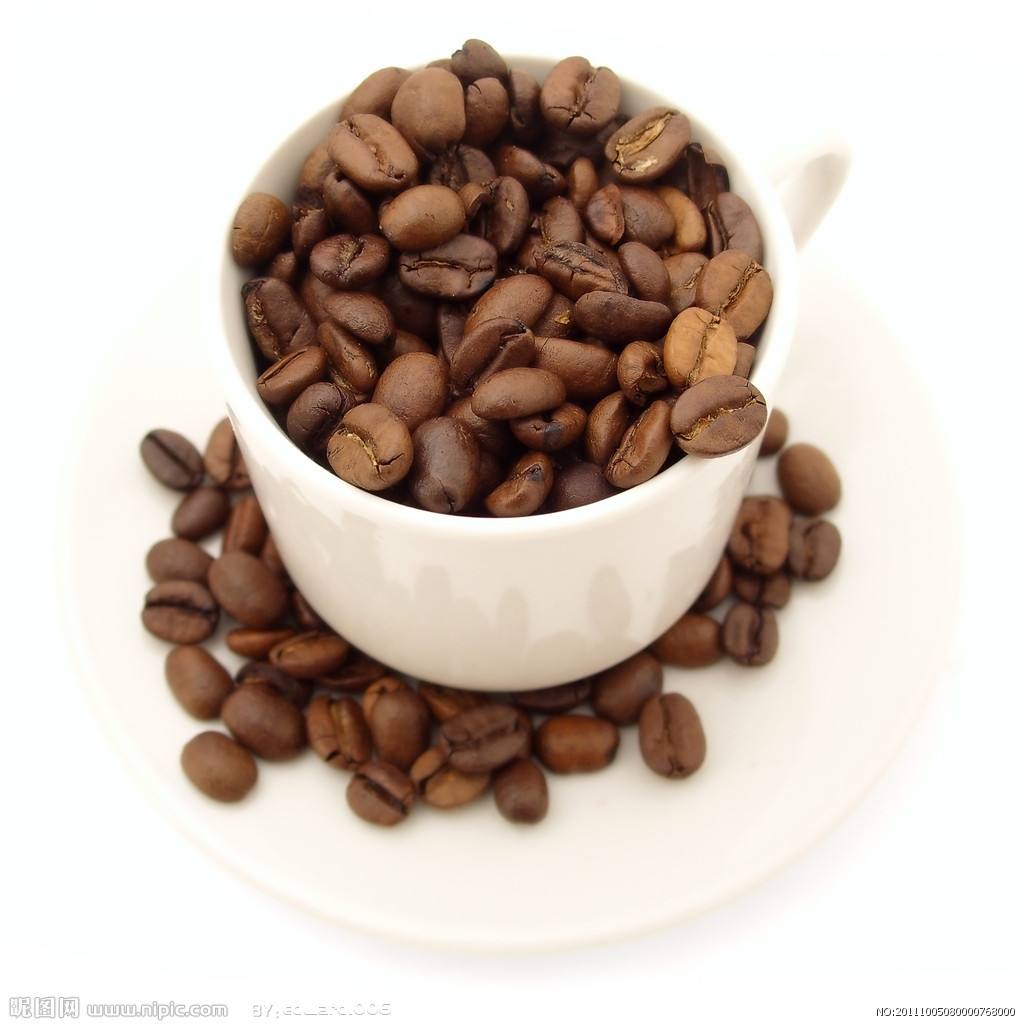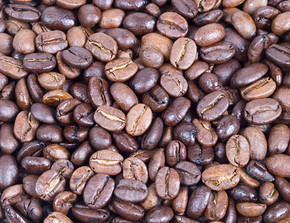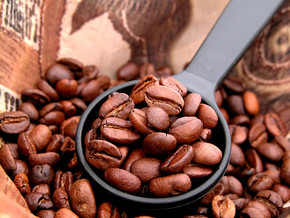A brief introduction to the history of Cuban Crystal Mountain coffee beans, Cuban Crystal Mountain coffee beans flavor treatment
Follow the caf é (Wechat official account vdailycom) and found that Beautiful Cafe opened a small shop of its own.
In Cuba, the cultivation of coffee is regulated by the state. The best coffee growing area in Cuba is located in the Central Mountains. Because this area not only grows coffee, but also produces quartz, crystal and other precious minerals, it is also known as Crystal Mountain. At present, Crystal Mountain Coffee is synonymous with top Cuban coffee. Crystal Mountain is adjacent to the Blue Mountain Mountains of Jamaica, with similar climatic conditions, comparable to Jamaican Blue Mountain Coffee. Crystal Mountain is also known as "the Blue Mountain of Cuba". Similarly, the annual output of imported coffee from Crystal Mountain in Cuba is not high, so most of the time there is no market.

The most representative is "Cubita Coffee" abbreviated as "Cubita". The Chinese trademark "Amber Coffee" adheres to the principle of perfect coffee, only making individual coffee, picking coffee beans by hand, plus washing coffee beans to ensure the quality of coffee. Cubita is like an elegant princess, with the characteristics of nobility, tenderness and grace. The balance is excellent, the bitter taste and the sour taste are well matched, and there will be a delicate, smooth, fresh and elegant feeling in the taste. Known as a unique Caribbean flavor coffee, the Cuban embassy designated coffee.
In 1748, coffee was introduced into Cuba from Domiga, and Cuba began to grow coffee ever since. With fertile land, humid climate and abundant Rain Water, Cuba can be called a natural treasure land for coffee cultivation. The suitable natural conditions provide a favorable natural environment for the growth of coffee trees, and coffee is well planted and developed here. In Cuba, the cultivation of coffee is regulated by the state. The best coffee growing area in Cuba is located in the Central Mountains. Because this area not only grows coffee, but also produces quartz, crystal and other precious minerals, it is also known as Crystal Mountain. At present, Crystal Mountain Coffee is synonymous with top Cuban coffee.
In Cuba, most of the coffee beans are picked by hand. Coffee beans are picked about every half a month during the ripening period. During or after picking, coffee beans are classified and those immature and bad beans are removed to ensure the quality of the coffee. Cubans usually deal with coffee beans in two ways-tanning and washing. Tanning is the simplest, cheapest and most traditional way to treat coffee, which is to let the coffee fruit dry in the sun but not ferment. The general drying time is about four weeks. The washing rule makes the aroma of the fruit more into the coffee beans, thus adding a coarse fruit aroma to the coffee.
Cuba is like a crocodile crouching in the Caribbean, her tail brushing right on the Tropic of Cancer. Cubans have always been known for their enthusiasm, but they are also very sincere and stubborn. The same is true of their coffee, which has always been carried out in accordance with Arab coffee washing standards, and they have always followed their unique traditional methods to control the roasting process very extremely. it is necessary to have a very delicious, full-bodied and slippery coffee flavor, but also to keep the coffee beans from being overroasted and causing heat.
Important Notice :
前街咖啡 FrontStreet Coffee has moved to new addredd:
FrontStreet Coffee Address: 315,Donghua East Road,GuangZhou
Tel:020 38364473
- Prev

What is Cuban Crystal Mountain Coffee? Cuban Crystal Mountain Coffee flavor
Follow caf é (Wechat official account vdailycom) found that Beautiful Cafe opened a small shop of its own. Do you know the famous Crystal Mountain Coffee in Cuba? Crystal Mountain Coffee is synonymous with top Cuban coffee. Introduction to Cuban coffee: in Cuba, most of the coffee beans are picked by hand. Coffee beans are picked about every half a month during the ripening period. In
- Next

What is the relationship between Cuban cubita coffee and amber coffee?
Follow the caf é (Wechat official account vdailycom) found that the beautiful cafe opened its own shop Cuban Crystal a very poetic name, I believe her taste will not be so bad. In Cuba, the cultivation of coffee is regulated by the state. The best coffee growing area in Cuba is located in the Central Mountains. Because in this area, in addition to growing coffee, there are quartz and crystals.
Related
- Detailed explanation of Jadeite planting Land in Panamanian Jadeite Manor introduction to the grading system of Jadeite competitive bidding, Red bid, Green bid and Rose Summer
- Story of Coffee planting in Brenka region of Costa Rica Stonehenge Manor anaerobic heavy honey treatment of flavor mouth
- What's on the barrel of Blue Mountain Coffee beans?
- Can American coffee also pull flowers? How to use hot American style to pull out a good-looking pattern?
- Can you make a cold extract with coffee beans? What is the right proportion for cold-extracted coffee formula?
- Indonesian PWN Gold Mandrine Coffee Origin Features Flavor How to Chong? Mandolin coffee is American.
- A brief introduction to the flavor characteristics of Brazilian yellow bourbon coffee beans
- What is the effect of different water quality on the flavor of cold-extracted coffee? What kind of water is best for brewing coffee?
- Why do you think of Rose Summer whenever you mention Panamanian coffee?
- Introduction to the characteristics of authentic blue mountain coffee bean producing areas? What is the CIB Coffee Authority in Jamaica?

